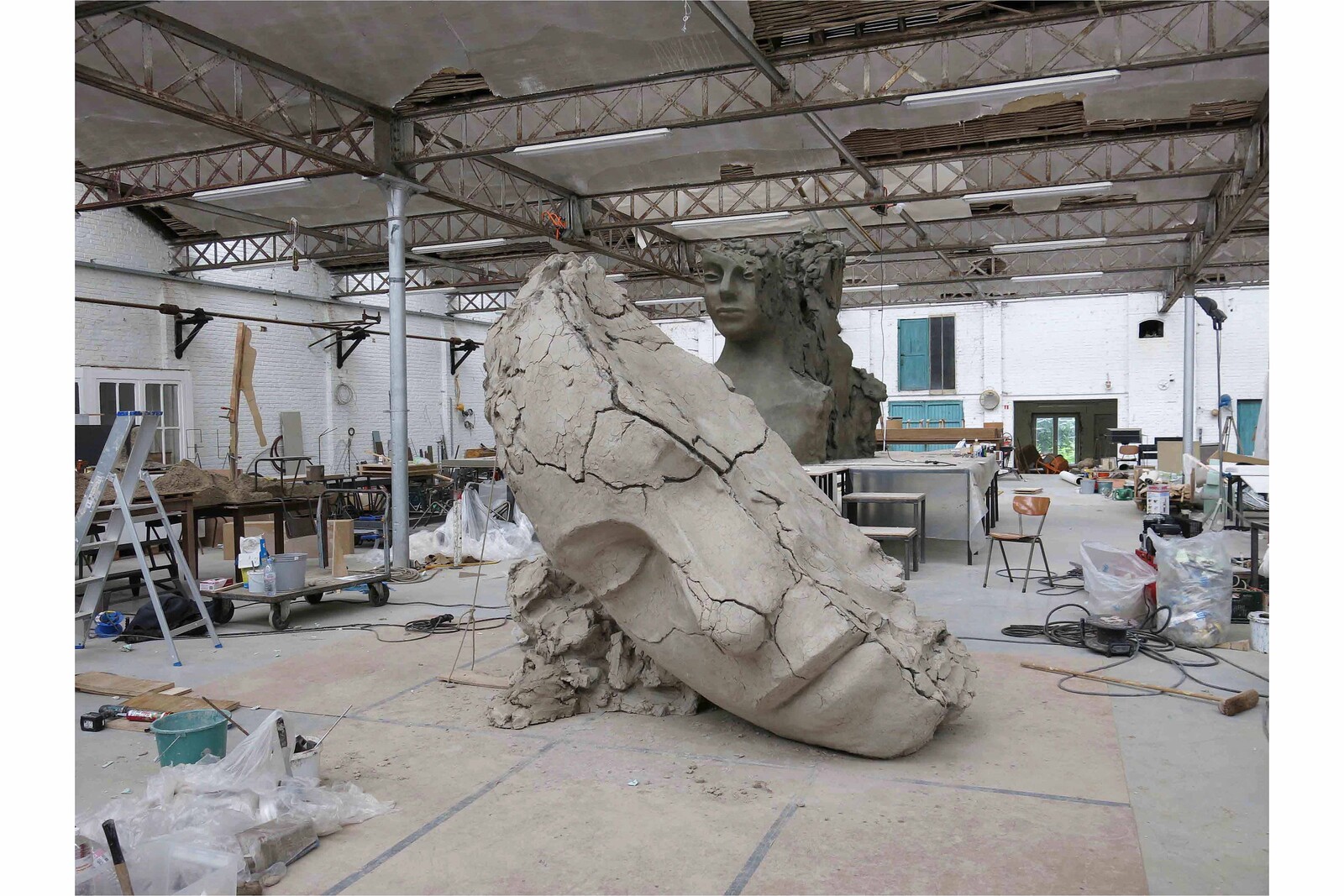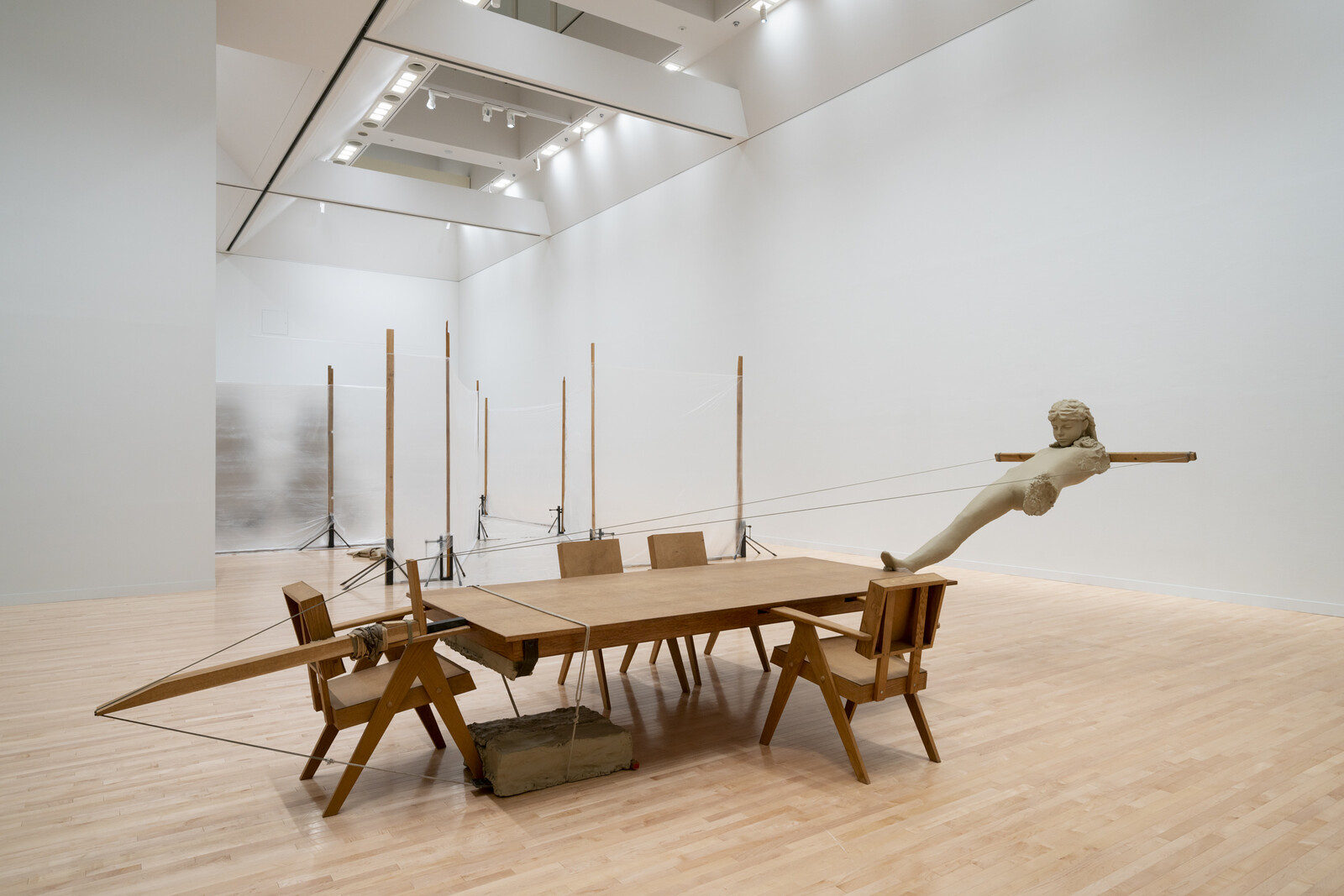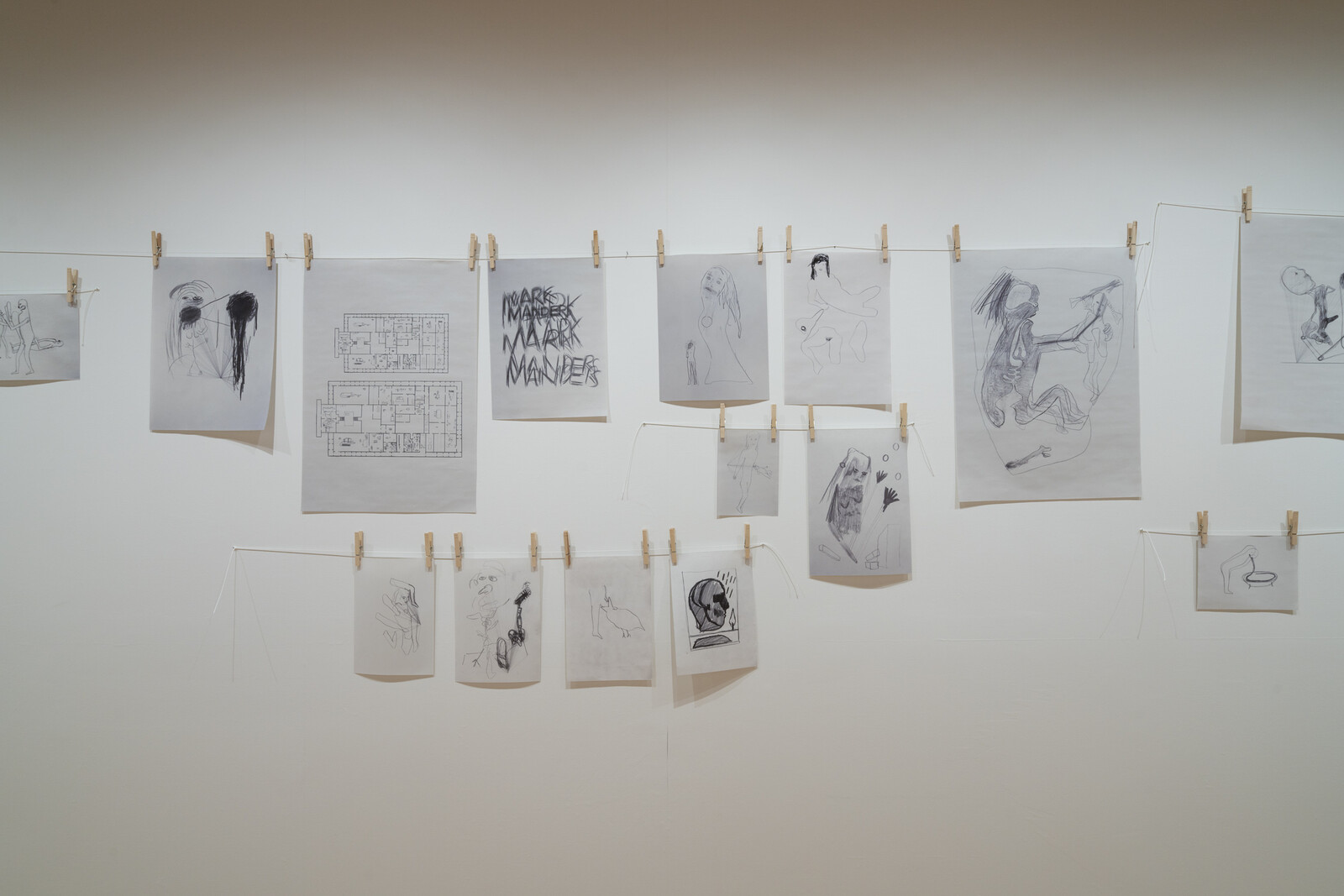The Absence of Mark Manders
March 20–June 20, 2021
4-1-1 Miyoshi
Koto-ku
Tokyo 135-0022
Japan
Hours: Tuesday–Sunday 10am–6pm
T +81 3 5245 1134
mot-pr@mot-art.jp
The Museum of Contemporary Art Tokyo (MOT) is delighted to present the first solo exhibition at a Japanese art museum by Mark Manders, a Dutch artist who occupies a unique position in the contemporary art scene. Mark Manders was born in 1968 in Volkel, the Netherlands, and currently works from his studio in Ronse, Belgium. In 1986, at the age of 18, he had a sort of epiphany that inspired his “Self-Portrait as a Building” concept. This has informed his work ever since, utilizing the form of a “building” for over 30 years as the framework for a self-portrait of an imaginary artist named, like the artist himself, “Mark Manders.” During this period, the artist has produced a series of sculptures and objects to be placed in the rooms of the building, presenting them as installations. By means of the overall layout of these works, he is constructing a human figure, which results in the creation of a world with a unique and extremely large framework. Based on this fictional framework, the creative world of his works displays an unparalleled vision, and attracts worldwide acclaim, as does the quality of each of the individual works, probing deeply into the concept of sculpture. For this solo exhibition, Manders conceived of the whole exhibition as the installation of a single work, the building.
Individual works are assembled from images based on art history and personal memories, from statuary and words, and from a variety of furniture and other objects. To the viewer, they invoke complex emotions, distort the sense of time, and encourage thought and introspection. Each independent work is fascinating in isolation, but being part of a larger framework reveals new aspects that are even more captivating. Each work manifests as a part of this imaginary building, where the real Manders who produces the works and the self-portrait of the imaginary Manders intermingle, fading and reappearing as they lure viewers into a fictional space. At the same time, individual works are interchangeable—like words in a sentence, they can be swapped around according to the room and the configuration. Because of that, the imaginary building as a whole resembles an automatic mechanism undergoing constant modification and updating. The “Absence” in the title is one of the keywords behind all of Manders’ works. It carries multiple meanings, including reference to the stillness and the sense that what can be seen in an installation is a moment frozen in time, to the traces of departed occupants, and to the way that agency flits between the real artist and the imaginary artist. It can also be considered to denote the fact that the work is autonomous, capable of maintaining an independent existence even if the artist is absent. Manders’ world continues to enthrall those who enter it, encouraging them to reconsider their thoughts regarding the meaning of art, and their thoughts regarding time and experiences of human life and imagination.
This solo exhibition is a highly valuable opportunity to gain a deep appreciation of Manders’ work and to observe its unique structure. Viewers are recommended to hone their senses and take their time to encounter this world to the full.
Organized by Museum of Contemporary Art Tokyo operated by Tokyo Metropolitan Foundation for History and Culture
Supported by Embassy of the Kingdom of the Netherlands, Mondriaan Fonds
In Cooperation with MinebeaMitsumi Inc.
Curated by Yoshimi Chinzei (MOT)






